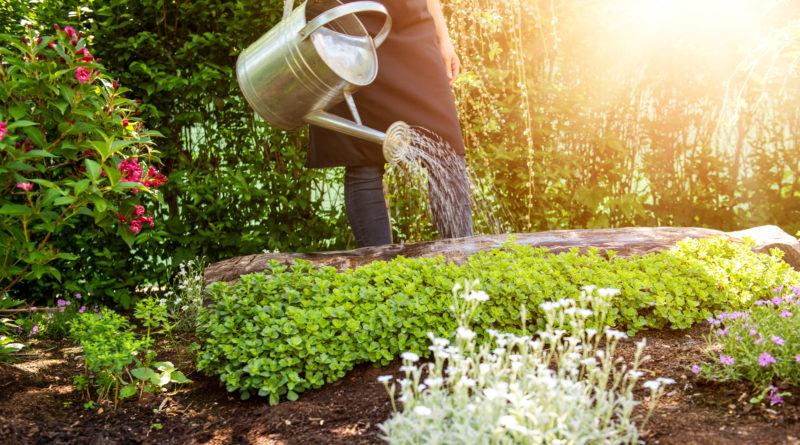These May Tasks Will Keep Your Garden Thriving
1,109 total views, 1 views today
May is a vital month for all things gardening. In regions where winters bring freezing temperatures, snow, and ice, May is often the first full month in which soil becomes warm enough for plants to thrive in large quantities. In regions that don’t go through as harsh of winters, May is still important, because this month brings the first bouts of the extreme heat and humidity that define the summer and often help maintain blooming gardens.
Regardless of location, a garden can be made or broken in May. Here are some tips — both location-specific and otherwise — for how to spend the month best tending to gardens.
Water and maintain
All gardeners, no matter their climate, should water their plants regularly this month, even if there’s no shortage of rain. As well, May is a vital time to proactively deadhead — remove dead or faded flowers from garden plants — bulbs, primroses, and pansies. It may also be helpful to entirely relocate the latter two plants into containers they share with plants that bloom strongly in warm weather.
Consider vegetables
For vegetable gardens, May is a great time to ramp up succession planting (any of the four succession methods works). All rosemary plants should be moved outside if they aren’t there already. Any perennial vegetables and berries should be weeded, and all cool weather vegetables such as carrots, spinach, and turnips should be replaced with hot weather vegetables such as sweet potatoes, zucchini, and okra.
Keep an eye on pests
In May, watching for pests is more vital than in any month prior. The new wave of warmth is bound to bring out garden-harmers including aphids, slugs, worms, and beetles. Pesticide use is never recommended — an active eye can be all it takes to prevent pest populations from thriving in a garden. As well, fungal spreads and even invasive plants can thrive in May. The month’s damp soil is especially fruitful for the latter enemy.
May in the North
In the Northern states, May gardeners might do well to keep growing any asparagus, lettuce, spinach, and peas planted during the cool season (asparagus can actually be planted now for growing next year). Midway into May, other cool-season vegetables including potatoes, radishes, and turnips should be seeded. Around the same time, indoor growth of melons and squash can begin, and towards the month’s end, following Memorial Day, these plants can be moved outdoors.
Flowers need attention now too — roses are great to plant in May, as are summer bulbs. Don’t forget to finish seeding annuals and pinch back fall bloomers.
May in the South
In Southern gardens, warm weather vegetables will need to be direct seeded. Cold weather vegetables can be kept in place to produce crops throughout the summer and provide a delightful, constant food source.
In southern gardens, roses can also be planted in May, though many gardeners will have already planted them in the previous warm months — feeding these roses is thus vital. As well, May is the time to replace cool weather annuals with sunflowers, marigolds, and other flowers known for their ability to thrive in the heat and humidity of the summer.
Gardeners — what are your favorite fruits and vegetables to grow? How do you properly care for them in May? We’d love to hear your tips in the comments!

